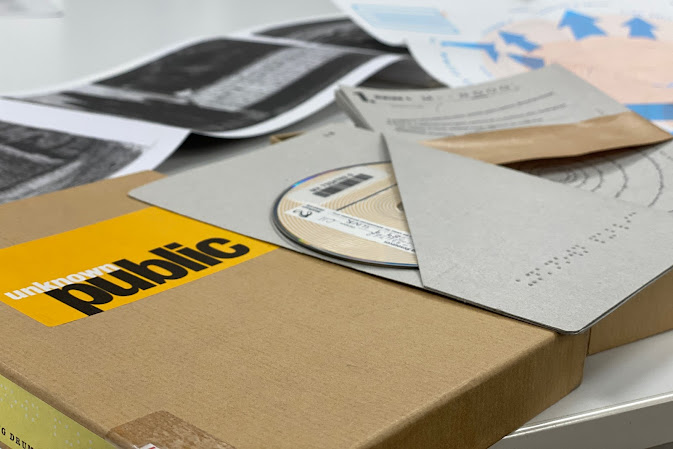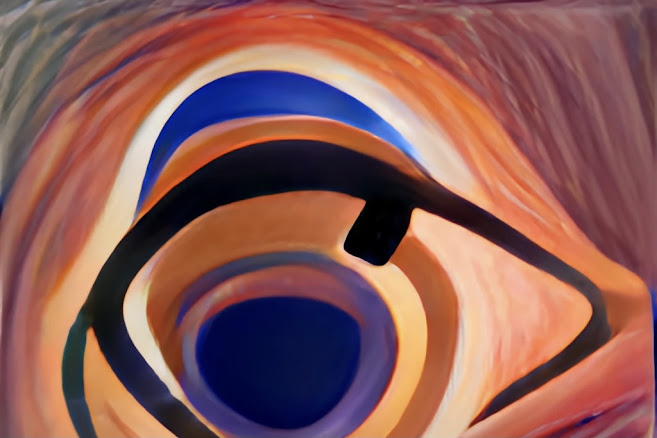17. fancyman part 1
On Thursday I visited campus for the first time which was a little surreal and it was so nice to do something in person. Saying that, I do feel that we have created a tangible sense of community in our digital realm, but there was something revelatory about being in actual space. It was also helpful to realise I don’t necessarily yearn for that space, Middlesex is a huge campus and there is that institutionalisation which somehow I can live slightly outside of in our flexible learning process. But I also realised how valuable it can be to have that space, being in the library and taking Helen’s class - it is everything we think about when we talk about embodiment, and I do experience that in distanced learning but when I can really be inside of it, it comes easier, and sometimes it is just nice to have it easy - otherwise everything seems so bloody difficult!
the library
I started off using the library - it is great to see shelves fully stocked on performing arts literature! I know I have so much digital access available to me but it just feels helpful for my brain to be able to flick through pages and glance over blurbs, it becomes easier to locate things, and most of it is things I am not aware that I am even looking for! It was also a good exercise in speed dating with literature, I would normally find something that excites me quickly and just get stuck in - but it felt really good to just make some notes of titles and chapters that might be useful in the future.
Here are two of the books discovered that I think are really exciting:
Kurt Jooss: The Green Table - Anna Markard
This is a huge reference only book which I have wanted to look at for ages, back in 2017 I made a piece inspired by lots of the iconography used in Jooss’ original work. This book is just a nightmare to find - the cheapest I could see online was over three hundred dollars!
It contains the full laban-notation of the work, painstakingly put together. Alongside photographs from various productions, very specific rehearsal notes, a musical score and a CD of piano accompaniment. It was nice to just see all this in one place but it also parallels where I am in my practice, for any one who can decipher laban notation this book is The Green Table. There is a note in there which really struck me about the lack of need for personal interpretation in this work, crediting the nuance and specificity of the choreography as where all character narrative lie. In some ways that is a very risky or self-gratifying philosophy: I’ve made it all just do it like I made it. But in this instance it’s kind of incredible as a feat of documentation, and for the reader of the book itself it’s a very clear (almost scientific) recounting of such a political work of art.
Imagined Theatres - writing for a theoretical stage
I’ve also seen this advertised before and it didn’t catch my eye - I didn’t know anything about it. The concept of Imagined Theatres it’s a collection of theoretical performances, described using no more than a page of text, and sitting alongside a reflective gloss.
This is both just really interesting to me as a format but also it's useful to see how persistence within the same simple format breathes so much possibility. Seeing so many ideas across the pages feels like forging a vast database, it doesn't feel like its squashing the life out of it - and I think that's a good reminder because I'm often on the side of more is more, this was like less is more and now suddenly it's also more.
class
class
I joined in a class taught by Helen, which was open but I think mostly attended by the 3rd year BA students - weird to be back in school. I’ve not done a class in a long time which was purely for training, at the minute I only take class as warm up for a day in work. So it was very nice and indulgent to just do a class for the sake of it.
It’s also interesting because I’ve been reading a bit of scholarship, Schon and Furniss especially, that considers the undergraduate learning process in great depth. So to be alongside BA students I come back to so many biases I have from my training around good etiquette, best practice, professionalism etc that I don’t know if I necessarily believe in any more. It is interesting to be confronted by these things - I don’t believe that the overly obedient or silent dancer is destined to be more receptive to any given learning or development experience, but there’s so much nuance beyond that of how much the dancers hold space alongside teachers, choreographers and guests. There’s even huge possibility of the purpose of taking class, way beyond how I viewed training in my undergraduate studies.
And then I can come back to me and my body and feel how positive it is to be a student again, to feel the freedom to research and train and to do that as a professional asset - it’s a new way of thinking that aligns with values I’ve had for a while - but it feels good and productive.
the materials room
This is something Ruth suggested I should visit, it’s a small room below the library which is only open at select times and it’s supervised. They have a collection of special books and items that can’t be checked out and don’t fit alongside the rest of the library. So much of my practice is engaged with haptic perception that I wanted to see what theoretical ideas might lie within this space. Firstly it’s just nice to see a university have a big collection of comic books, match boxes, fabric swatches etc. Of course these items offer so much breadth of knowledge within them, but it’s helpful for my brain to see them in a university library setting to remind myself of the value of them. I was very rushed in here so I didn’t fully explore but I found three things which I thought could be useful in future writings…
Si Lewen’s Parade - An Arist’s Odyssey
The Parade is a classic artwork which is presented in a two-sided accordion-fold format, so along the back of the art sits a textual recollection of Lewen’s life.
Unknown Public 12 - Talking Drums
"This compilation is simply a collection of music I like” Issued in a 6" x 9" x 1.125" brown card box with 15 card inserts. Each artist / track has its own insert. The extra insert holds the CD in a pocket & has writing embossed in braille beneath it, & the label logo embossed at the top. The full track list is on the reverse. (Discogs, no date)
In my work with accessibility I’m looking a lot at questions like how can the audience see the music, this album is presented in such a beautiful way, each card insert is an artwork in itself bringing the track into visuality.
Schoerner - The Order Of Things
A circular bound book with no spine - an exciting way of presenting things which sit equally alongside each other - no pressure to order things that don’t have an order. I just read about a new Netflix series (Kaleidoscope - coming Jan 1) which can be watched in any order and will still offer you a complete narrative regardless - reminds me of this!
So a really productive day at university - which still feels like a weird sentence. But I'm taking away a little bank of things to be busy with, so I see that as a success :)
-
Fancyman Part 1 - New Girl, Season 1, Episode 17




Comments
Post a Comment